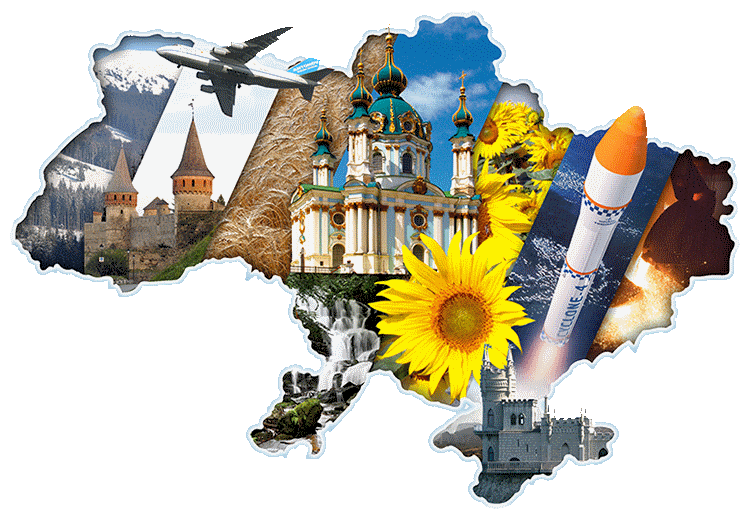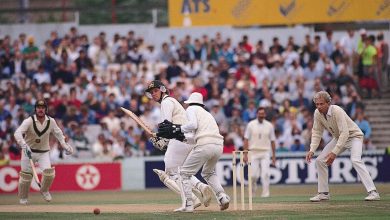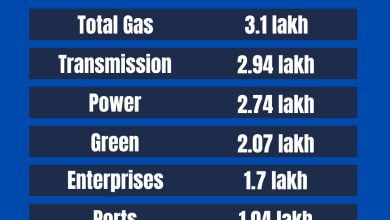Introduction And History of Ukraine: Unveiling a Rich Heritage

Welcome to our exploration of Ukraine! This country is full of rich history and culture. Let’s dive into its past and learn more about it.
Geographical Location
Ukraine is located in Eastern Europe. It is the second-largest country in Europe after Russia. Ukraine shares borders with Russia, Belarus, Poland, Slovakia, Hungary, Romania, and Moldova. It also has a coastline along the Black Sea and the Sea of Azov.
Early History
The history of Ukraine dates back thousands of years. The first known people in Ukraine were the Scythians. They lived there around 7th century BC. Later, many other groups lived in the area, including the Greeks and the Romans.
Medieval Times
In the 9th century, the Kievan Rus was established. This was a powerful state with Kyiv as its capital. The Kievan Rus was one of the largest and most powerful states in Europe. It lasted until the 13th century.
Christianity In Kievan Rus
In 988, Prince Vladimir the Great converted to Christianity. He made it the state religion of Kievan Rus. This was a very important event in Ukrainian history. It shaped the country’s culture and religion.
Mongol Invasion
In the 13th century, the Mongols invaded Kievan Rus. They destroyed many cities, including Kyiv. This marked the end of the Kievan Rus. After the invasion, the region was divided into several smaller states.

Credit: www.youtube.com
Polish-Lithuanian Commonwealth
In the 14th century, Ukraine became part of the Polish-Lithuanian Commonwealth. This was a large state made up of Poland and Lithuania. It lasted until the 18th century.

Credit: www.accounting-ukraine.kiev.ua
Cossack Era
In the 16th century, the Cossacks emerged. They were a group of free people living in the steppes of Ukraine. The Cossacks were known for their bravery and fighting skills. They played a significant role in Ukrainian history.
Bohdan Khmelnytsky
In 1648, Bohdan Khmelnytsky led a rebellion against the Polish-Lithuanian Commonwealth. He wanted to create an independent Cossack state. The rebellion was successful, and the Cossack Hetmanate was established.
Russian Empire
In the late 18th century, Ukraine was divided between the Russian Empire and the Austrian Empire. The Russian Empire controlled most of Ukraine. This period lasted until the early 20th century.
20th Century
The 20th century was a turbulent time for Ukraine. It experienced two World Wars, a revolution, and a famine.
World War I And Revolution
After World War I, the Russian Empire collapsed. Ukraine declared its independence in 1918. However, it was soon invaded by the Soviet Union. By 1922, Ukraine became part of the Soviet Union.
Holodomor
In the early 1930s, Ukraine experienced a terrible famine called the Holodomor. Millions of people died as a result of this famine. It was caused by the policies of the Soviet government.
World War Ii
During World War II, Ukraine was occupied by Nazi Germany. Many Ukrainians fought in the war. After the war, Ukraine remained part of the Soviet Union.
Independence
In 1991, the Soviet Union collapsed. Ukraine declared its independence on August 24, 1991. This was a significant moment in Ukrainian history. The country finally became a sovereign state.
Modern Ukraine
Since gaining independence, Ukraine has faced many challenges. It has worked to build a stable and prosperous country. Ukraine has also sought to strengthen its ties with Europe and the rest of the world.
Orange Revolution
In 2004, Ukraine experienced the Orange Revolution. This was a series of protests against a rigged presidential election. The protests led to a new election, which was won by Viktor Yushchenko.
Euromaidan
In 2013-2014, Ukraine experienced another series of protests called Euromaidan. The protests began when the government decided not to sign an association agreement with the European Union. The protests led to the ousting of President Viktor Yanukovych.
Conflict With Russia
In 2014, Russia annexed Crimea, a region of Ukraine. This led to a conflict between Ukraine and Russia. The conflict continues to this day.
Culture and Traditions
Ukraine has a rich culture and many traditions. Let’s take a look at some of them.
Language
The official language of Ukraine is Ukrainian. It is a beautiful language with a rich history. Many people in Ukraine also speak Russian.
Food
Ukrainian cuisine is delicious and varied. Some popular dishes include borscht, a beet soup, and varenyky, dumplings filled with potatoes or cheese.
Music And Dance
Ukrainian music and dance are vibrant and lively. Traditional Ukrainian music often features instruments like the bandura and the sopilka. Ukrainian dances are energetic and colorful.
Holidays
Ukrainians celebrate many holidays. Some important holidays include Christmas, Easter, and Independence Day. Each holiday has its own unique traditions and customs.
Frequently Asked Questions
What Is The Origin Of Ukraine’s Name?
Ukraine’s name means “borderland” in Slavic languages, reflecting its historical position.
When Was Ukraine Founded?
Ukraine declared independence on August 24, 1991, following the Soviet Union’s dissolution.
What Is Ukraine Known For Historically?
Ukraine is known for its rich cultural heritage and historical landmarks, including Kyiv, one of Europe’s oldest cities.
How Did Kyiv Become Ukraine’s Capital?
Kyiv became the capital due to its historical significance and central location in Ukrainian culture and politics.
Conclusion
Ukraine is a country with a rich and diverse history. From ancient times to the modern era, it has faced many challenges and achieved many successes. Today, Ukraine continues to build its future while honoring its past. We hope you enjoyed learning about the introduction and history of Ukraine!




